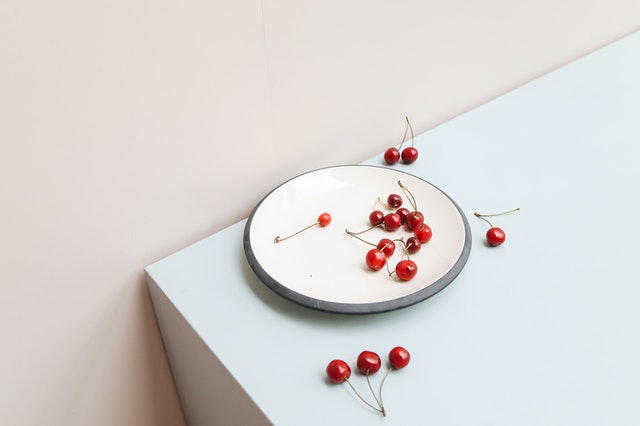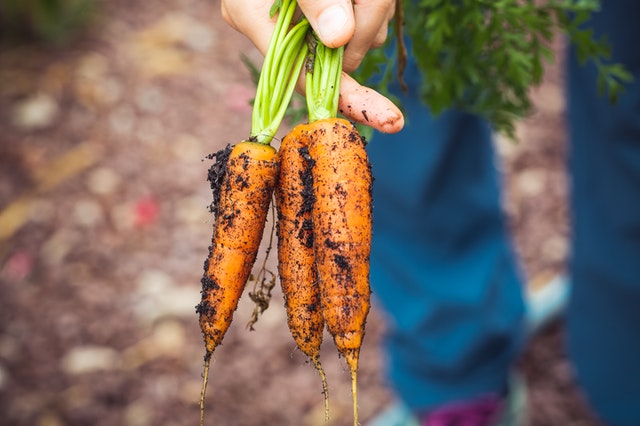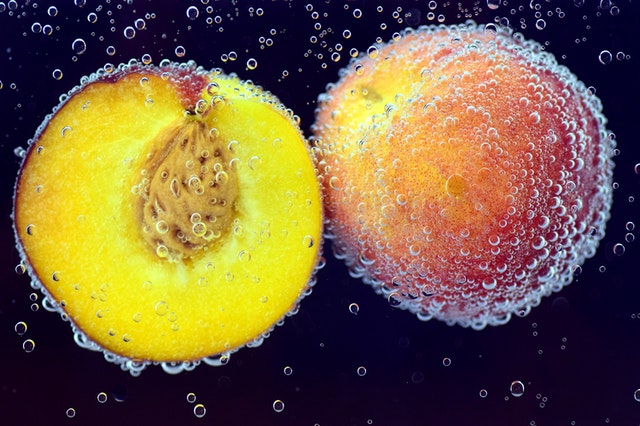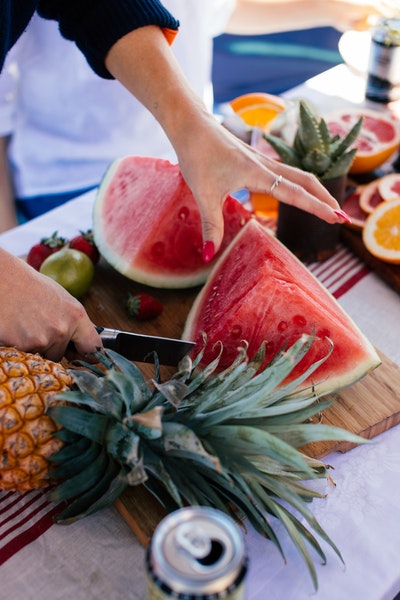Most Americans need to get more fiber in their diets. According to the American Journal of Lifestyle Medicine, only 1 in 20 people in the U.S. eat enough fiber every day.
There are some people, however, that have the opposite problem. They have to limit certain types of fiber in their diet to prevent painful health problems. This can be very tricky because it means finding a careful balance between nutritious natural foods and low-fiber options.
Why Do Some People Need To Control Fiber Levels?

Fiber plays an important role in gut health and digestion, softening stool, lowering cholesterol levels and balancing blood sugar levels. Unfortunately, some health conditions are sensitive to fiber:
- Irritable bowel syndrome (IBS)
- Ulcerative colitis (UC)
- Crohn’s disease
- Diverticulitis (an inflammatory condition of the colon)
Sometimes, your doctor will tell you to follow a low-fiber diet after surgery or before a colonoscopy. Make sure to ask your doctor before reducing the amount of fiber you eat.
What Kind of Fruit Is Low in Fiber?

The purpose of eating less fiber for a while is to give your colon a chance to rest and heal. After that, you can usually go back to eating a normal amount of fiber. Here are the best fruits to eat while following a low-fiber diet:
- Watermelons: 0.8 g (1 cup)
- Papayas: 2.5 g (1 cup)
- Cantaloupes: 1.3 g (1 cup)
- Peaches: 1.7 g (1 peach)
- Plums: 1.0 g (1 plum)
- Cherries: 1.3 g (10 cherries)
- Nectarines: 2.2 g (1 nectarine)
Real fruit juices (not the concentrated stuff with added sugar) without pulp are another great source of vitamins. These juices have next to no fiber.
[insert page='Offer' display='content']
What Type of Fiber Should You Limit With IBS?

If you have IBS, you don’t need to rush to cut all fiber from your diet. It’s smart to talk to your doctor first. In reality, you may not need to cut many fruits or veggies out of your diet at all.
Fiber comes in two forms: soluble and insoluble. Soluble fiber dissolves in water. It’s there to help your gut and smooth things out. People who have IBS need more soluble fiber, not less. Where can you get it?
- Low-FODMAP veggies: Broccoli, carrots, tomatoes, sweet potatoes, fennel, bell peppers, avocados and olives
- Low-FODMAP fruits: Bananas, blueberries, strawberries, lemons, limes, oranges, pineapples, kiwis, cantaloupes and honeydew melons
- Cooked/sauteed greens: Bok choy, spinach, arugula, collard greens and cabbage
On the other hand, insoluble fiber doesn’t dissolve; it’s the roughage that pushes waste through the intestines. For people who have IBS, insoluble fiber can sometimes trigger symptoms such as pain and bloating.
How Long Should You Follow a Low-Fiber Diet?

Normally, you should only limit fiber intake for as long as your doctor tells you. If you're recovering from a specific surgery, for example, you may follow a low-fiber diet for about a month. After that, go back to eating good levels of fiber so your digestive system stays happy and healthy.
In the case of IBS, it's not a question of following hard and fast rules. You need plenty of fiber normally, but you also want to avoid flareups. Usually, you need to discover which foods trigger problems personally and look for healthy alternatives. If you're sensitive to raspberries, eat cranberries or blueberries instead.

